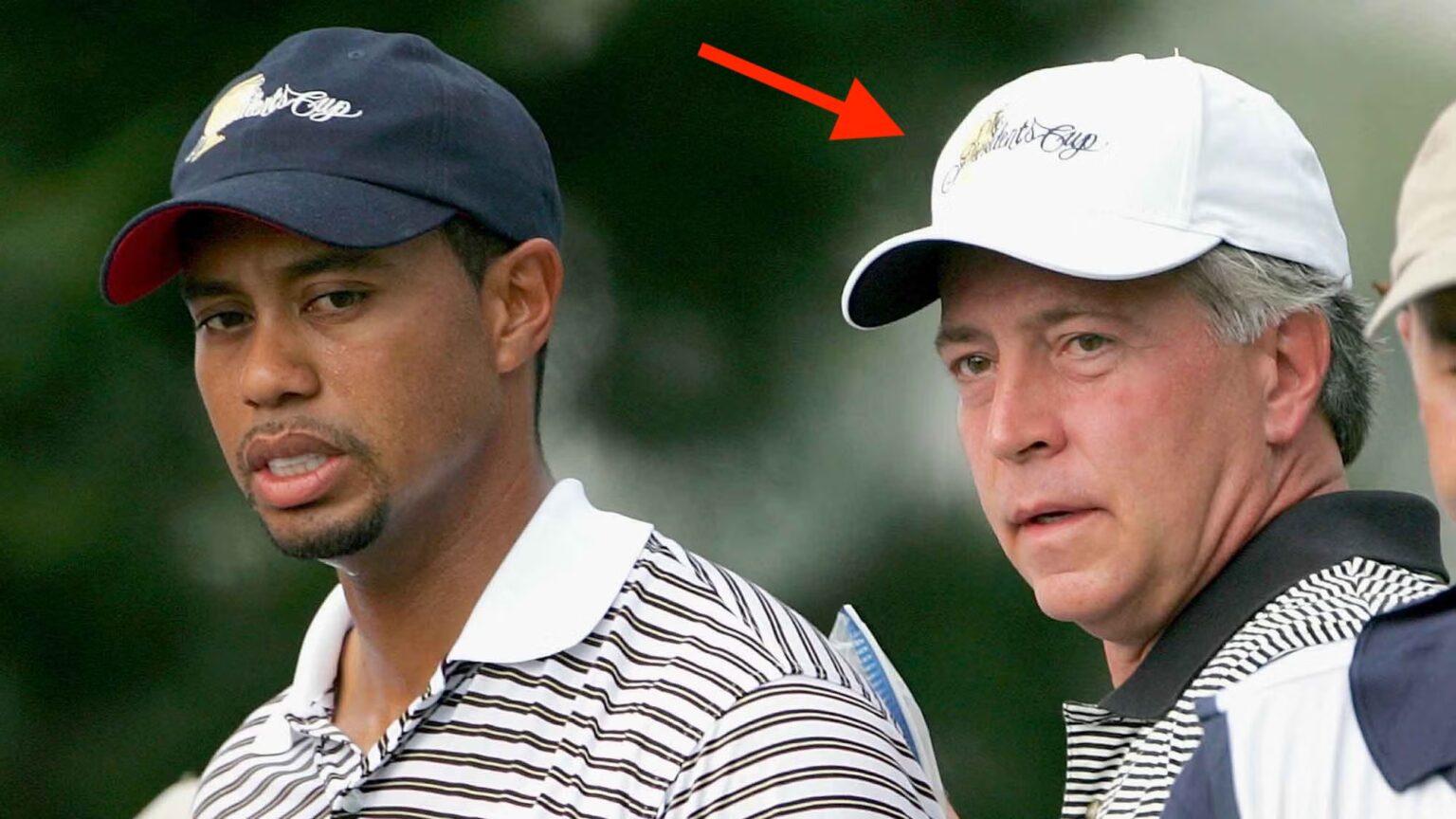The Unsung Hero Behind Tiger Woods: Dr. Tom LaFountain and His Role in Revolutionizing Golf Health
Golf has long captivated enthusiasts and players alike, especially with icons like Tiger Woods reshaping the game. While Woods’s legendary swings and victories are widely recognized, the crucial behind-the-scenes contributions of professionals often remain in the shadows. Among these unsung heroes is Dr. Tom LaFountain, the director of chiropractic services for the PGA Tour, who has played a pivotal role in the evolution of golf’s approach to athleticism, health, and well-being.
The Early Years: A Meeting of Legends
Dr. Tom LaFountain, a chiropractor with nearly three decades of experience working alongside elite golfers, entered the PGA Tour in 1997, a year after Tiger Woods made his debut. LaFountain has not only treated Woods but also several other legendary players, including Arnold Palmer and Phil Mickelson. His journey began on the shoulders of Olympic athletes, providing him with a solid foundation in manual sports medicine—a field that has significantly evolved over the years.
A Shift in Perspective: From Athletes to Golfers
The late ’90s marked the turning point for professional golfers transitioning from mere players to true athletes. Dr. LaFountain’s hands-on approach to treatment includes examining every aspect of a player’s body, fostering an understanding of how physical conditions affect their game. This comprehensive evaluation enables him to provide tailored interventions, with a focus on pain relief and optimized performance. His skilled hands have become a sought-after resource on the Tour, often leading to better outcomes for players eager to improve their game.
Innovating Player Health: The PGA Tour’s Transformation
As LaFountain’s influence grew, so did the PGA Tour’s commitment to athlete health. Initially limited to simple fitness trailers, the Tour now features advanced facilities that promote recovery, therapy, and nutrition. The investment in these trailers, which house state-of-the-art equipment and medical staff, underscores the evolving nature of professional golf. As the sport becomes increasingly competitive, prioritizing health and wellness has become essential for players aiming to maintain peak performance.
The Impact of Tiger Woods: A Trailblazer in Golf Fitness
Tiger Woods has been a transformative figure in the game, not just as a player but as a pioneer of athletic conditioning within the sport. His dedication to fitness and nutrition set the tone for a new generation of golfers. LaFountain recognizes Woods’s influence, highlighting how players now prioritize balanced diets and tailored workout regimens. This cultural shift emphasizes health as a pivotal aspect of golf, fundamentally altering how athletes train, recover, and approach their roles on the Tour.
A Comprehensive Approach: Modern Treatment Modalities
Advancements in sports medicine have led to a myriad of treatment options now available to golfers on the PGA Tour. LaFountain and his team employ a variety of techniques ranging from chiropractic adjustments to cutting-edge therapies like stem-cell treatments and compression therapy. Each method is designed to enhance player health and performance. This multifaceted approach not only mitigates injuries but also empowers players to take a proactive stance in their physical well-being.
The Importance of Nutrition and Recovery
Nutrition plays a central role in the lives of modern golfers, with many now opting for healthier options and focused meal plans over traditional high-calorie snacks. LaFountain notes that this change was influenced heavily by Woods, who often chose nutrient-rich foods during tournaments. The PGA Tour’s incorporation of certified nutritionists and tailored meal plans speaks to a deeper understanding of how diet connects to performance, illustrating the sport’s shift toward holistic health.
Building a Collaborative Framework
With increasing competition in the Tour, LaFountain’s vision aligns closely with emerging models from other professional sports, such as the NFL. This collaborative method means that instead of relying solely on individual health teams, players can benefit from a unified approach to health management. This shift not only enhances individual player performance but also fosters a culture of support among athletes, exemplifying the modern trajectory of professional sports.
Preparing for the Future: Tiger Woods’s Ongoing Journey
As Woods approaches his 50th birthday, conversations about his potential return to competitive golf intensify. Still recovering from multiple surgeries, his resilience remains evident. Dr. LaFountain expresses confidence in Woods’s drive to return to form, acknowledging the competitive spirit that has defined his career. The consistent support from LaFountain showcases not only the persistence of their professional relationship but also the ongoing evolution in golf fitness and health strategies.
Reflection on Athletic Evolution in Golf
The narrative of Tom LaFountain’s unwavering dedication to improving golfer health reflects broader changes within professional sports. As physical demands increase, so too does the necessity for comprehensive support systems addressing both physical and mental well-being. The incorporation of scientific advancements signifies a pivotal evolution that roots itself deeply in the experiences of iconic players like Woods.
Conclusion: A Legacy of Health in Golf
The medical direction prompted by professionals like Dr. Tom LaFountain showcases the unseen yet critical components that contribute to player success. The evolution of health practices in golf, marked by Woods’s influence and LaFountain’s dedication, paints a promising picture for the future of the sport. As we look ahead, the importance of maintaining physical health and embracing innovation will remain paramount in shaping golf’s elite athletes, reminding us all that behind every swing, there’s a story of resilience and dedication that deserves recognition.
